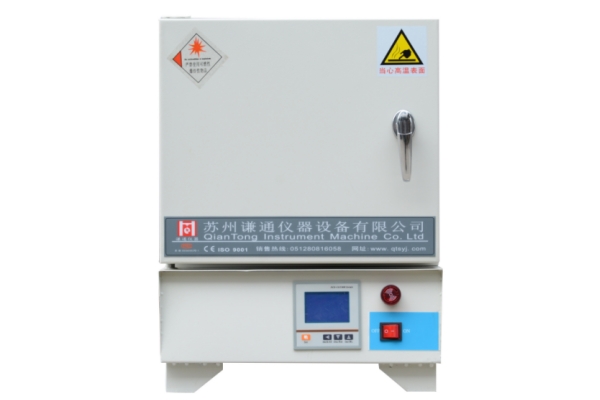Digital Display: Enhancing Furnace Monitoring and Control
2024-03-20
In the realm of thermal processing, precise temperature control and monitoring are essential for achieving desired outcomes and ensuring process efficiency. Modern furnaces have evolved to incorporate advanced features, including digital displays, to provide operators with real-time visibility into key parameters. Let's delve into the significance of digital displays in furnace operation, their benefits, and how they facilitate easy monitoring of temperature and other essential parameters.
Real-Time Visibility:
Digital displays offer operators instant access to critical information, such as temperature, heating rate, and time remaining, directly on the furnace interface. This real-time visibility enables operators to monitor process conditions and make informed decisions without the need for external monitoring devices or additional instrumentation.
Temperature Monitoring:
One of the primary functions of a digital display is to monitor and display the furnace's temperature accurately. Operators can easily track temperature variations and ensure that the furnace is operating within the desired temperature range for the duration of the heating cycle. This helps maintain process consistency and achieve uniform heating of samples or materials, critical for obtaining reliable results.
Parameter Adjustment:
Digital displays allow operators to adjust temperature settings and other parameters with precision and ease. Whether fine-tuning temperature setpoints, modifying heating profiles, or programming time intervals, operators can make instantaneous adjustments directly from the furnace interface, eliminating the need for manual adjustments or external controllers.
Process Optimization:
With digital displays, operators can closely monitor process variables and optimize furnace settings in real-time to improve process efficiency and productivity. By analyzing temperature trends, identifying deviations, and adjusting parameters accordingly, operators can fine-tune heating cycles, minimize energy consumption, and enhance overall process performance.
Data Logging and Analysis:
Many furnaces with digital displays feature built-in data logging capabilities, allowing operators to record and analyze temperature data over time. This historical data can be invaluable for process validation, quality control, and troubleshooting purposes. Operators can identify trends, detect anomalies, and make informed decisions based on comprehensive data analysis.
Remote Monitoring:
Some advanced furnaces offer remote monitoring capabilities, enabling operators to access real-time temperature data and control furnace settings from a remote location. This feature is particularly beneficial for researchers, engineers, or technicians who need to monitor multiple furnaces simultaneously or oversee experiments from a distance.
User-Friendly Interface:
Digital displays typically feature user-friendly interfaces with intuitive controls and navigation menus, making them easy to operate for users of all skill levels. Operators can quickly access temperature readings, setpoints, and other parameters, reducing the learning curve and enhancing overall user experience.
Conclusion:
In conclusion, digital displays play a crucial role in modern furnace operation, providing operators with easy access to real-time temperature data and other essential parameters. By facilitating temperature monitoring, parameter adjustment, process optimization, and data analysis, digital displays enhance process control, efficiency, and productivity in thermal processing applications. With their user-friendly interfaces and advanced functionality, digital displays empower operators to achieve precise and reliable results while maximizing the performance of their furnaces.



